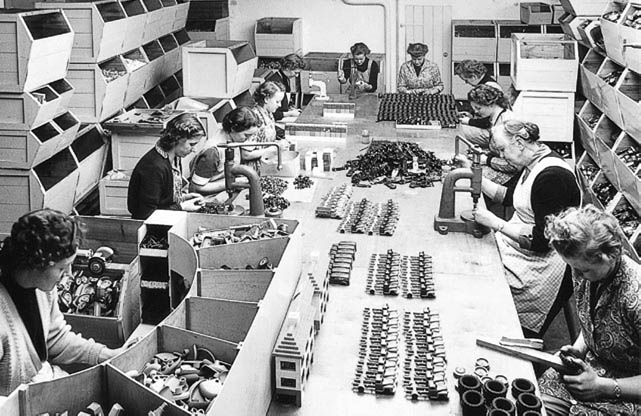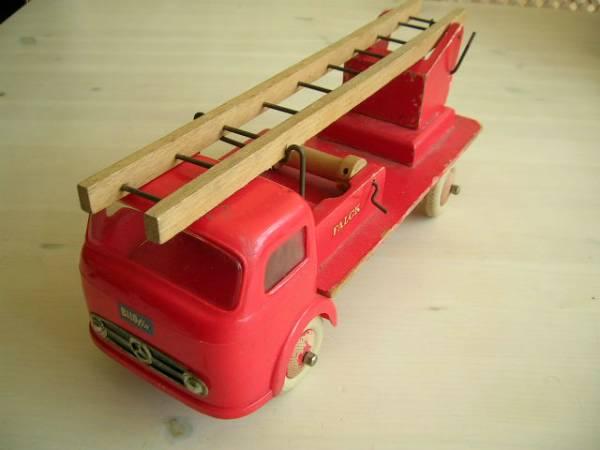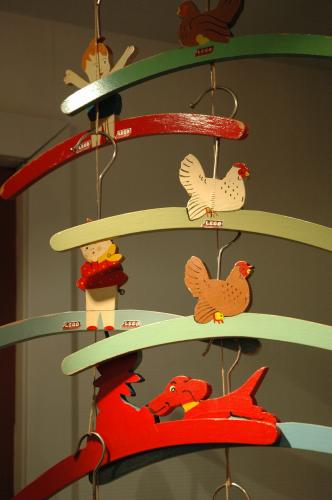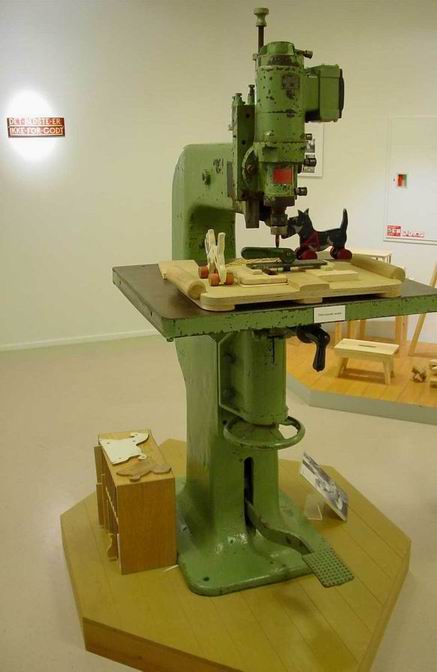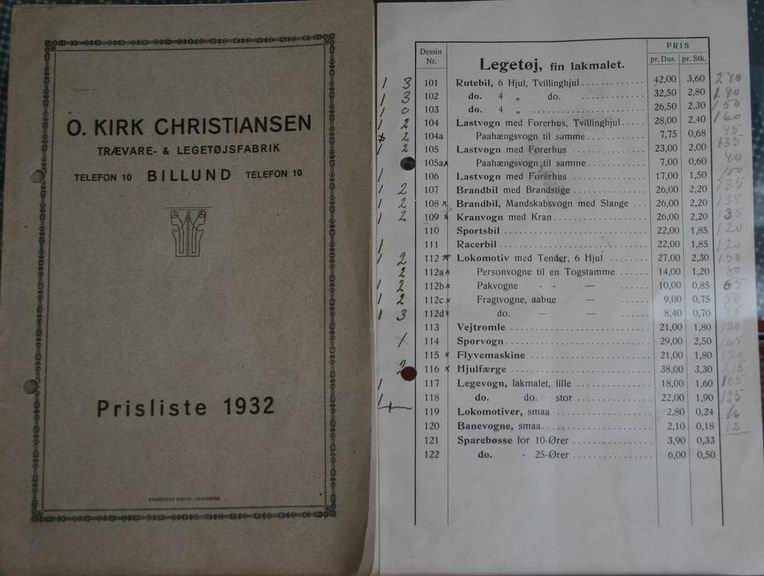|
|
|
|
Click here to go to a special LEGO museum page, with pictures of the old LEGO museum of Billund, Denmark! |
|
|
|
|
|
A stamp with writng "O. Kirk Kristiansen A/S Billund" on it. |
Mirrored stamp |
|
Timeline: |
Wooden LEGO Toys.
The Lego Group had humble beginnings in the workshop of Ole Kirk Christiansen, a carpenter from Billund, Denmark. The word lego is an abbreviation for two Danish words leg and godt meaning play well. In 1916, Christiansen purchased a woodworking shop in Billund which had been in business since 1895. He earned his living by constructing houses and furniture for farmers in the region, with the help of a small staff of apprentices. His workshop burned down in 1924 when a fire, lit by two of his young sons, ignited some wood shavings. Undaunted, Ole Kirk took the disaster as an opportunity to construct a larger workshop, and worked towards expanding his business even further; however, the Great Depression would soon have an impact on his livelihood. In finding ways to minimize production costs, Ole Kirk began producing miniature versions of his products as design aids. It was these miniature stepladders and ironing boards that inspired him to begin producing toys
In 1924 Karl Georg and Godtfred set the worksop in fire during a play. They were playing and had made a fire in the workshop, but the wooden toys and other wooden stuff was set on fire. The workshop and the house of the family Christiansen went down. Ole rebuild the house and the workshop. In 1925 the larger factroy was stroke by lightning and was agian set on fire. This time the factory was rebuild also.
It was in 1934 that the company name Lego was coined. Ole Kirk held a contest amongst his staff to see who could come up with the best name for the company, offering a bottle of homemade wine as a prize. Christiansen was considering two names himself, "Legio" (with the implication of a "Legion of toys") and "Lego", a self-made contraction from the Danish phrase leg godt, meaning "play well." Later the Lego Group discovered that "Lego" can be loosely interpreted as "I put together" or "I assemble" in Latin. When plastic came into widespread use, Ole Kirk kept with the times and began producing plastic toys. One of the first modular toys to be produced was a truck that could be taken apart and re-assembled.
After some simple toys, Ole started with the production of Pull-animals around 1935.
1947.
The use of plastic for toy manufacture was not highly regarded by retailers and consumers of the time. Many of the Lego Group's shipments were returned, following poor sales; it was thought that plastic toys could never replace wooden ones. Despite such criticism, however, the Kirk Christiansens persevered.
1954 1957 Assembly of the plastic Ferugson Tractors.
1960 The Lego Group matured a great deal over the next up and coming years. In 1959, the Futura division was founded within the company. Its tiny staff was responsible for generating ideas for new sets. Another warehouse fire struck the Lego Group in 1960, consuming most of the company's inventory of wooden toys; fortunately, the Lego brick line was strong enough by then that the company decided to abandon production of wooden toys. By the end of the year, the staff of the Lego Group had come to be over 450 total people
Gerhardt Kirk Christiansen established BILOfix company in Kolding, Denmark, in february 1962. A new factory was build and 90% of the production was sold in Scandinavia, Italy, the United Kingdom and Germany.
|
|
1932 Ole Kirk Christiansen, master carpenter and joiner, establishes his business in the village of Billund, Denmark. His firm manufactures stepladders, ironing boards, stools and wooden toys. His son, Godtfred Kirk Christiansen, starts working in the business at the age of 12.  |
|
|
1934 |
|
|
1935 Selected
Product: |
|
|
|
|
| Selected
Product News 1936 Numskull Jack on the goat |
|
|
1937 Godfred Kirk Christiansen starts creating models. He is 17 years old. |
|
|
1939 The shop now has 10 employees. |
|
|
1940 Denmark occupied by the Germans. Godfred Kirk Christiansen does not travel to Germany to study as planned. Instead, he becomes manager at LEGO. |
|
|
1942 The LEGO factory burns to the ground, however, the production of wooden toys is quickly resumed. |
|
| 1943 The firm has approx. 40 employees. |
|
|
1944 LEGO changes name in 'Legetøjfabriken LEGO Billund A/S.' |
|
|
Selected Product News 1946 Wooden bricks with decorations (letters and figures) |
|
|
Selected Product News 1947 |
|
|
1948 |
|
|
1949 The
company produces around 200 different plastic and wooden toys, including
Automatic Binding Bricks, a forerunner of the LEGO bricks we know today. They
are sold in Denmark exclusively. |
|
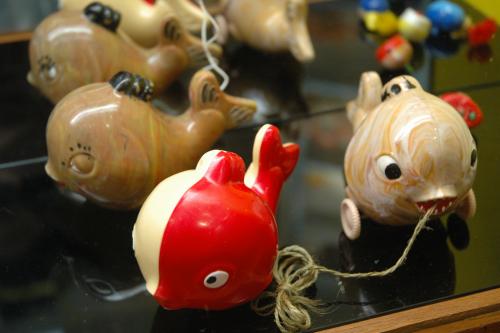
|
|
|
1950 |
|
|
1951 |
|
|
1952 Ole Kirk's plans to expand and a plant is built. It cost 350.000 Danish Crowns. The company now has its first canteen! Selected Product News 1952 Big plastic and wooden cars |
|
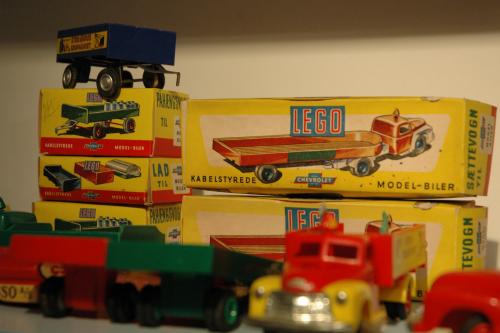
|
|
|
1953
1954 The
word LEGO is officially registered in Denmark on 1st May. |
|
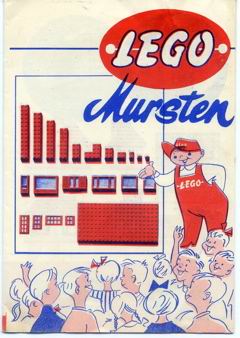 |
|
|
Selected Product News 1954 The Beam brick LEGO windows and doors |
|
|
1955 After further developing the LEGO Bricks, the company launches the revolutionary "LEGO System of Play". The first real export of LEGO begins. First country is Sweden. Godfred Kirk Christiansen demonstrates the new product at a toy fair in Nuremberg, Germany. Reaction are not positive. Selected Product News 1955 LEGO System of Play: 28 sets and 8 vehicles plus supplementary elements |
|
|
1956 The first foreign sales company is established in Hohenwestedt, Germany. The company buys its first own truck. Selected Product News 1956 Bicyclists and motorcyclists (little plastic figures) |
|
|
1957 Godtfred Kirk Christiansen is appointed Managing Director. LEGO Schweiz is established. Selected Product News 1957 Plastic Tractor A LEGO brick with light inside |
|
|
1958 |
|
|
1959 |
|
 |
|
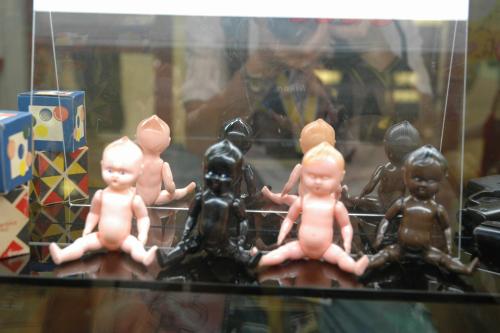 |
Indexpage with all the Wooden LEGO Toys. Click on this hyperlink to go to the special LEGO Wooden Toys page!
Page with museum pictures. Click here to go to a special LEGO museum page, with pictures of the old LEGO museum of Billund, Denmark!
|
|
|
|
|
| |

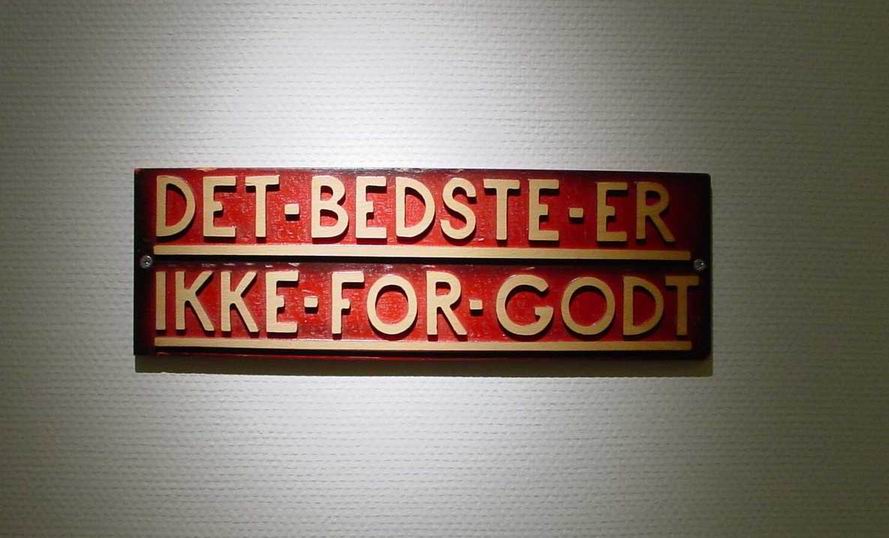
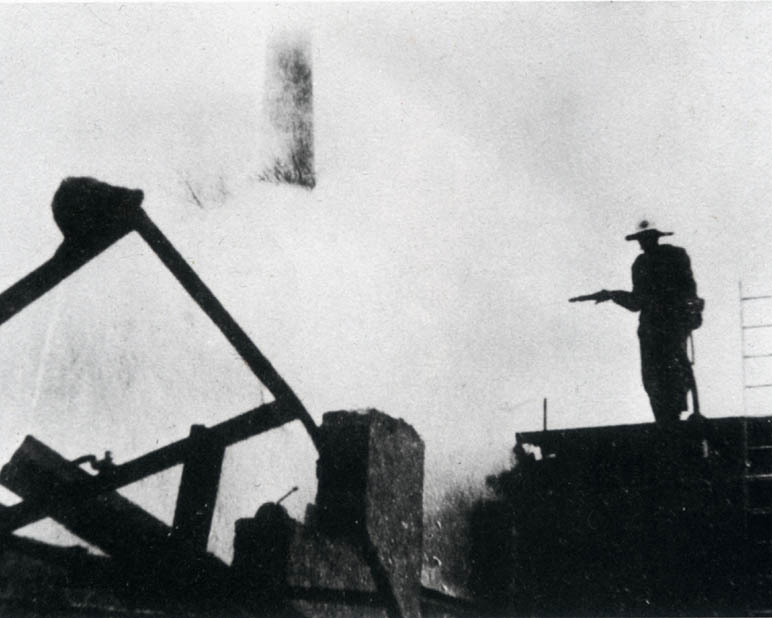
 In
1932, Ole Kirk's shop started making wooden pull toys, piggy banks, cars
and trucks. He enjoyed a modest amount of success, but families were
poor and often unable to afford such toys. Farmers in the area sometimes
traded food in exchange for his toys; Ole Kirk found he had to continue
producing practical furniture in addition to toys in order to stay in
business. In the mid-1930s, the yo-yo toy fad gave him a brief period of
activity, until it suddenly collapsed. Once again, Ole Kirk turned
disadvantage to his favor, turning the disused yo-yo parts into wheels
for a toy truck. His son Godfred began working for him, taking an active
role in the company.
In
1932, Ole Kirk's shop started making wooden pull toys, piggy banks, cars
and trucks. He enjoyed a modest amount of success, but families were
poor and often unable to afford such toys. Farmers in the area sometimes
traded food in exchange for his toys; Ole Kirk found he had to continue
producing practical furniture in addition to toys in order to stay in
business. In the mid-1930s, the yo-yo toy fad gave him a brief period of
activity, until it suddenly collapsed. Once again, Ole Kirk turned
disadvantage to his favor, turning the disused yo-yo parts into wheels
for a toy truck. His son Godfred began working for him, taking an active
role in the company.
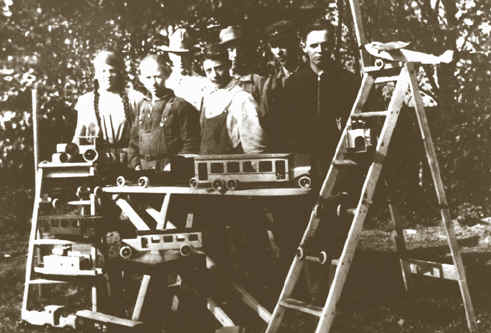
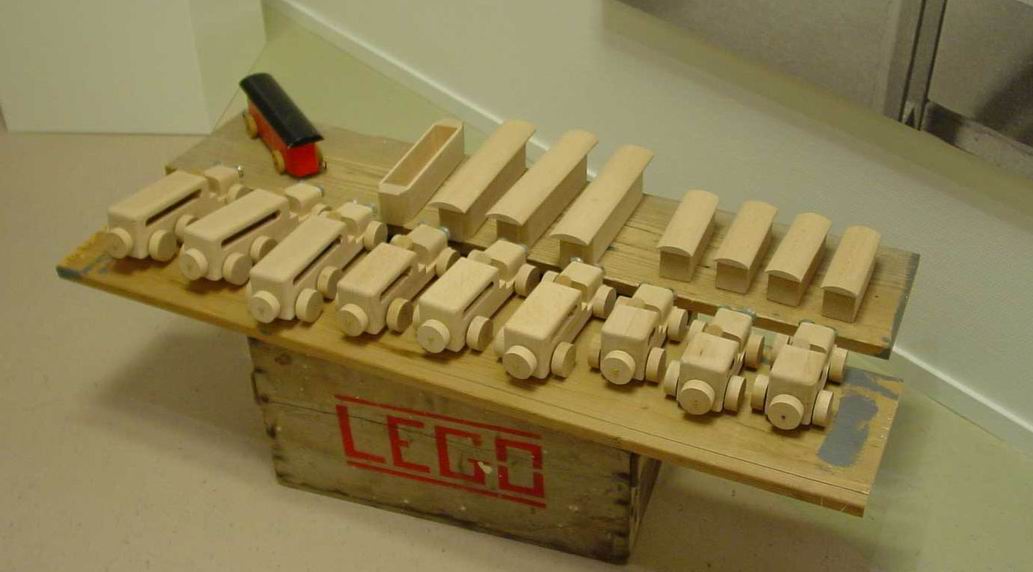
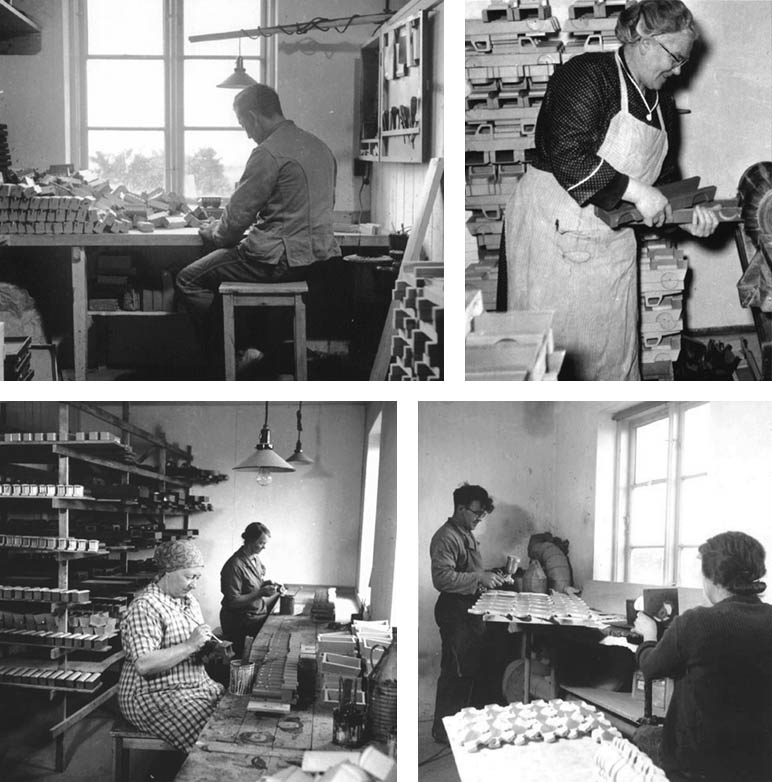
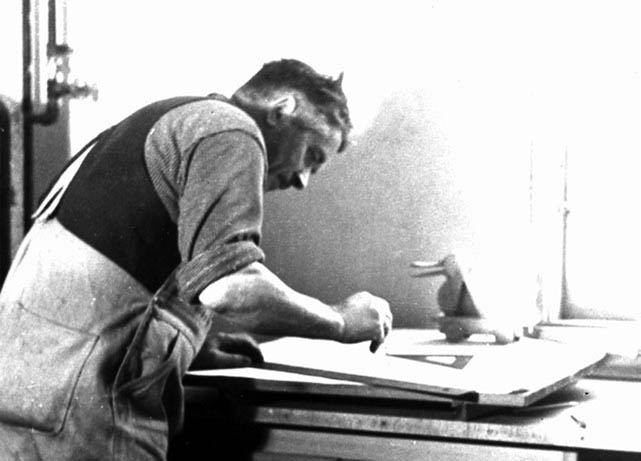
 In
1947, Ole Kirk and Godtfred obtained samples of interlocking plastic
bricks produced by the company Kiddicraft. These "Kiddicraft
Self-Locking Building Bricks" were designed and patented by Mr.
Hilary Harry Fisher Page, a British citizen. In 1949 the Lego Group
began producing similar bricks, calling them "Automatic Binding Bricks."
Lego bricks, manufactured from cellulose acetate, were developed in the
spirit of traditional wooden blocks that could be stacked upon one
another; however, these plastic bricks could be "locked"
together. They had several round "studs" on top, and a hollow
rectangular bottom. They would stick together, but not so tightly that
they could not be pulled apart. In 1953, the bricks were given a new
name: Lego Mursten, or "Lego Bricks."
In
1947, Ole Kirk and Godtfred obtained samples of interlocking plastic
bricks produced by the company Kiddicraft. These "Kiddicraft
Self-Locking Building Bricks" were designed and patented by Mr.
Hilary Harry Fisher Page, a British citizen. In 1949 the Lego Group
began producing similar bricks, calling them "Automatic Binding Bricks."
Lego bricks, manufactured from cellulose acetate, were developed in the
spirit of traditional wooden blocks that could be stacked upon one
another; however, these plastic bricks could be "locked"
together. They had several round "studs" on top, and a hollow
rectangular bottom. They would stick together, but not so tightly that
they could not be pulled apart. In 1953, the bricks were given a new
name: Lego Mursten, or "Lego Bricks."